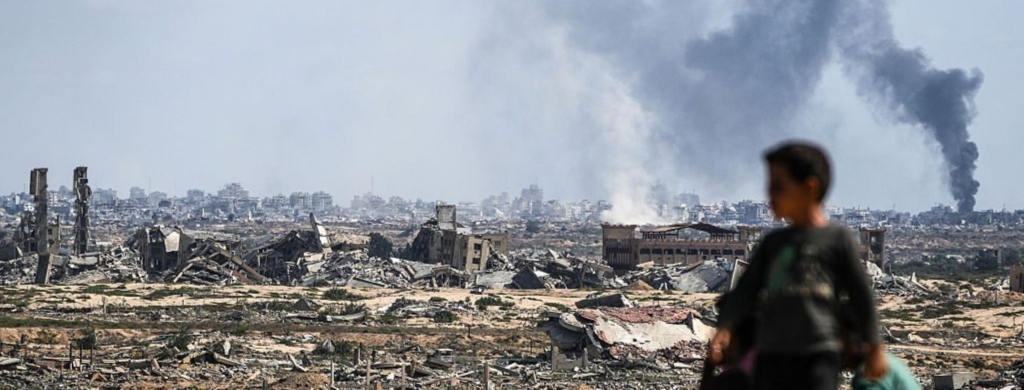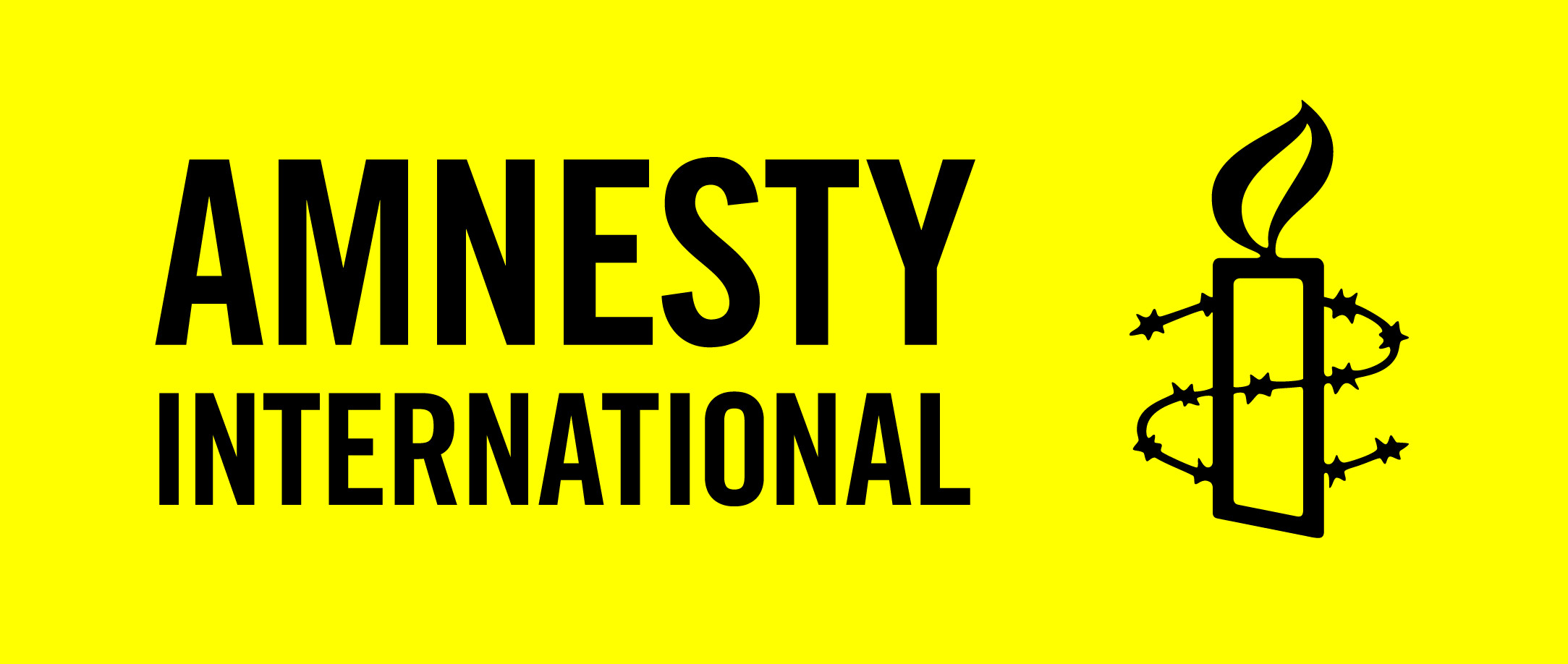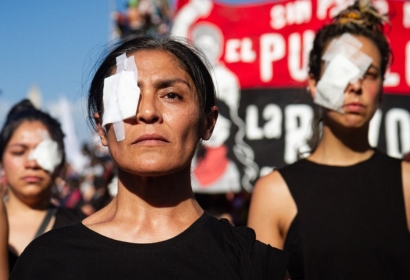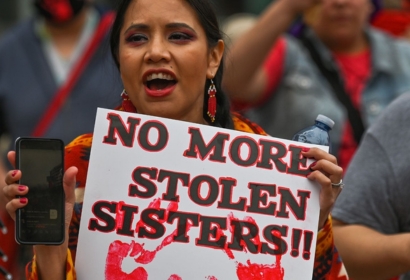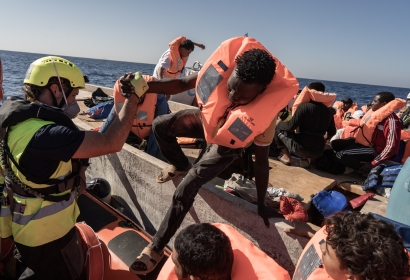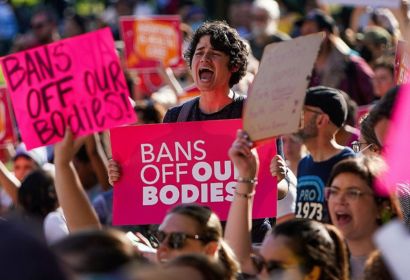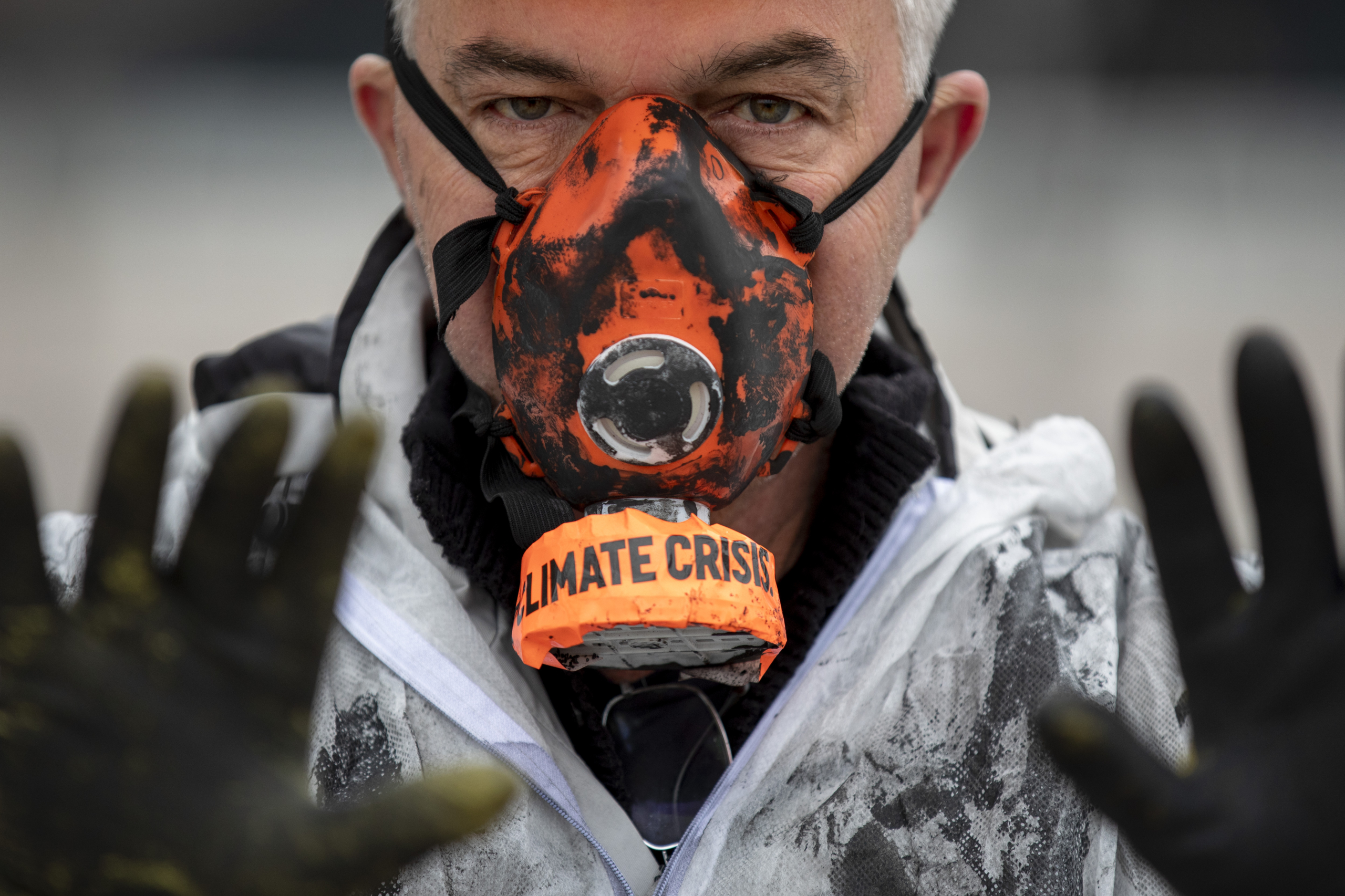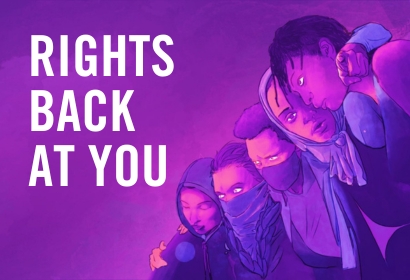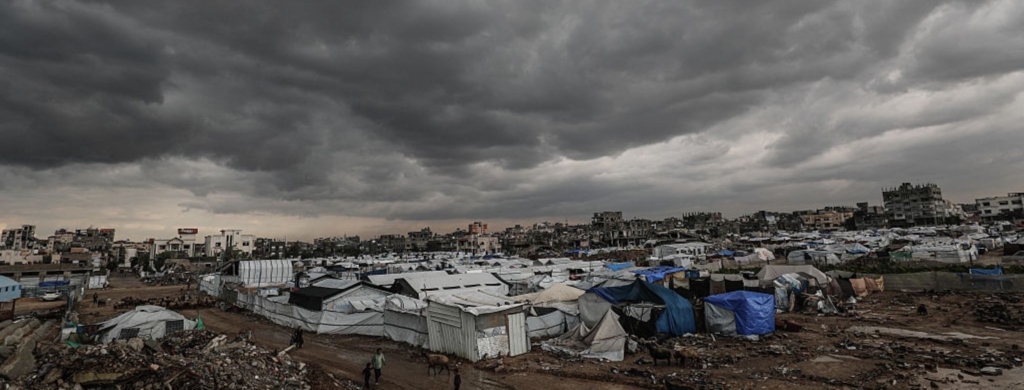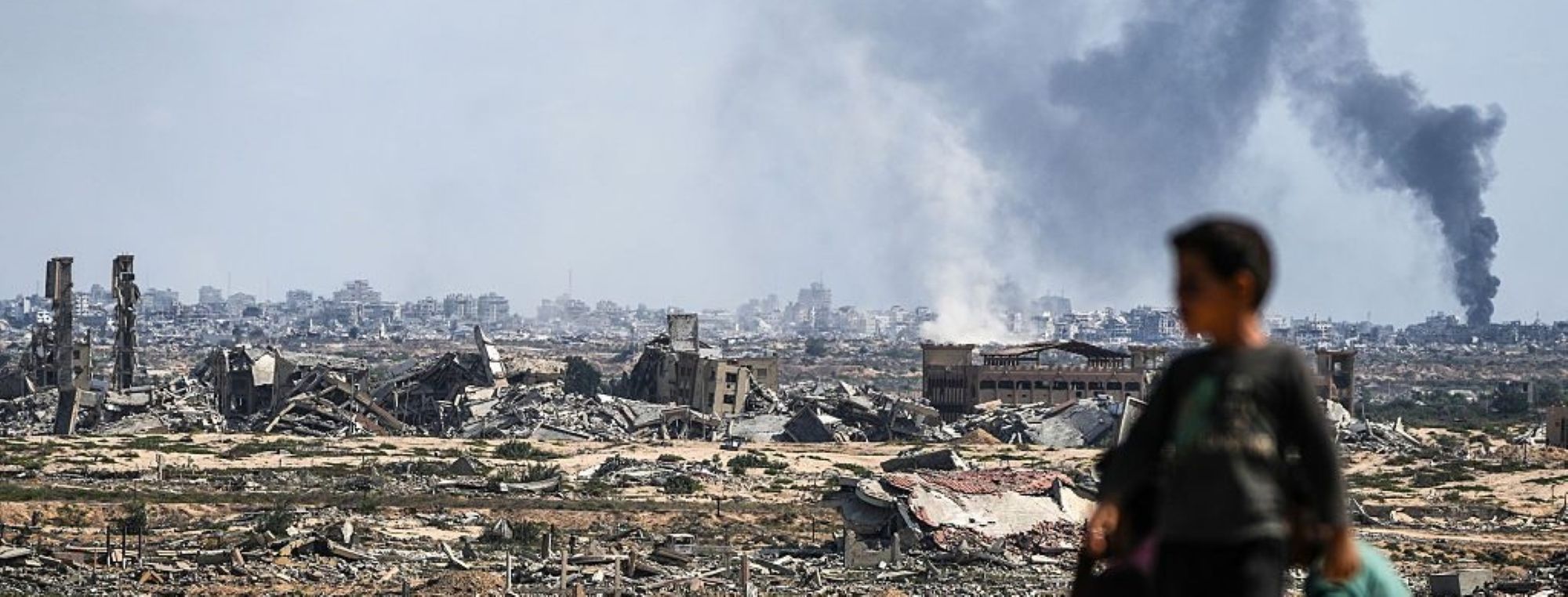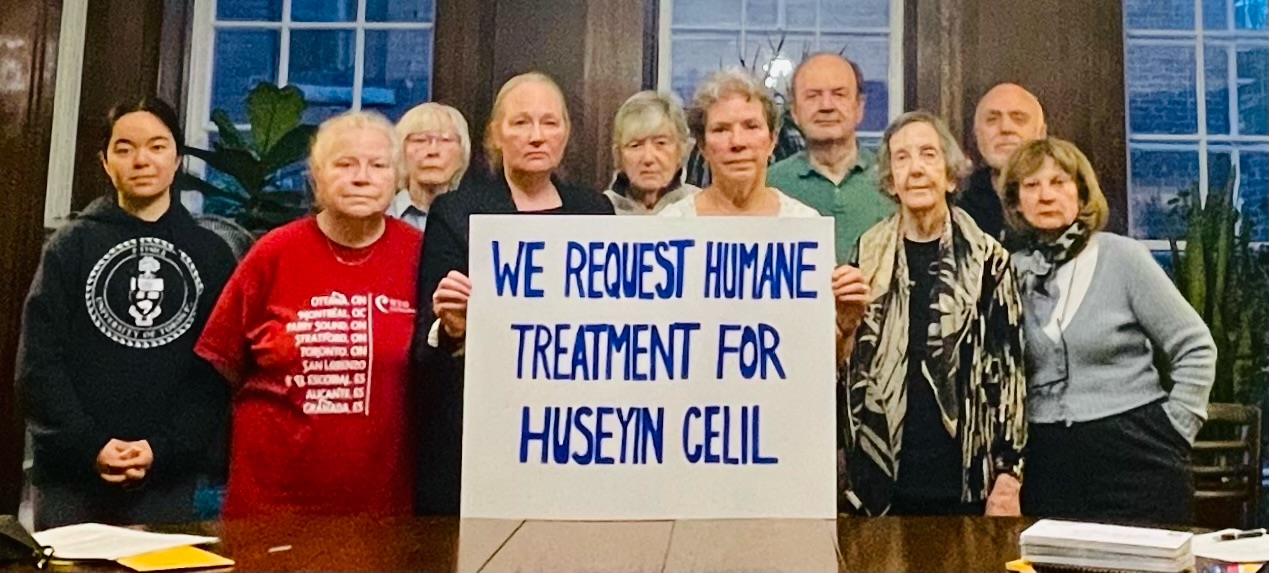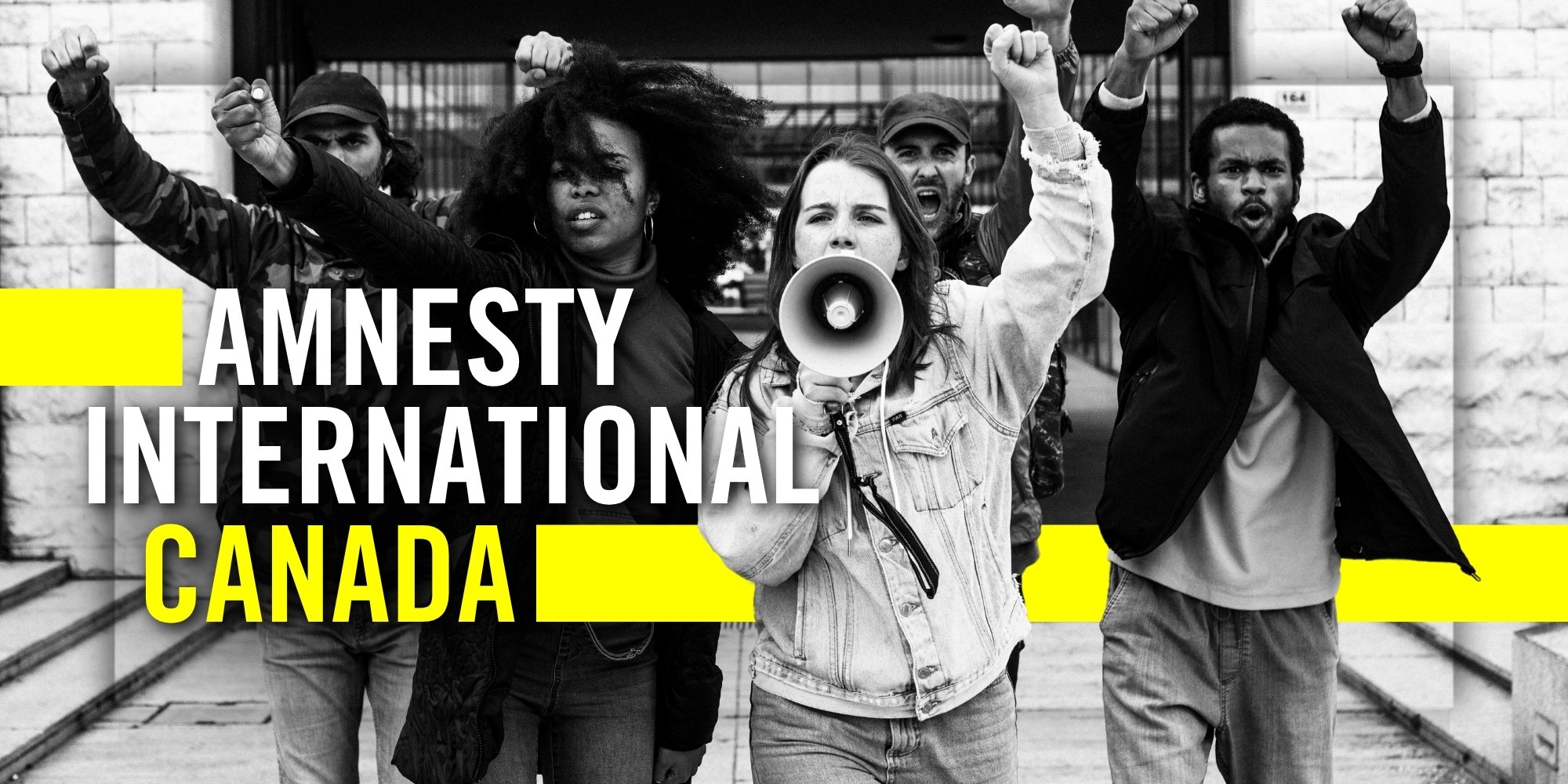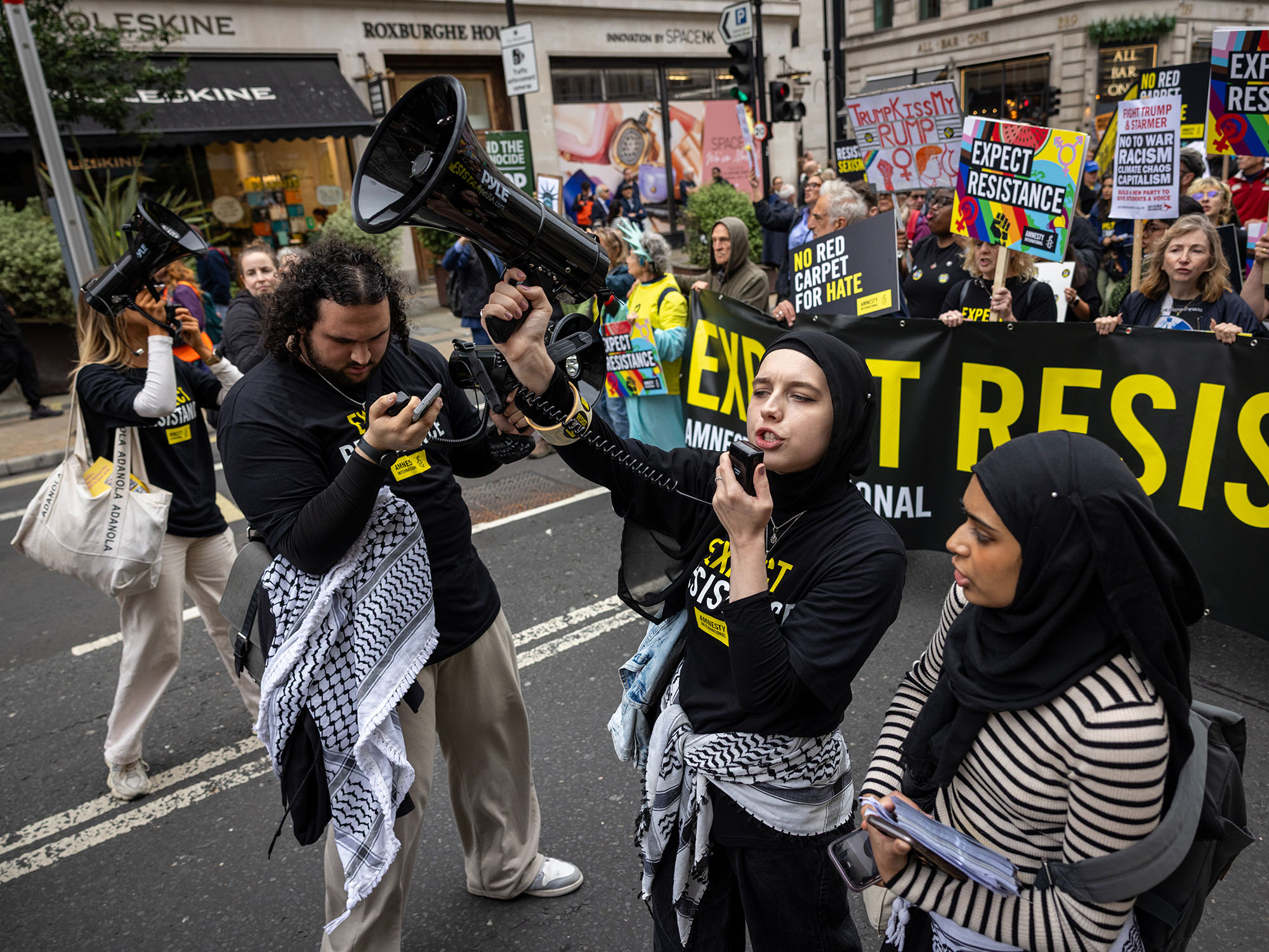AI observers confirm the dangerous and inappropriate use of riot control equipment, including beating of defenceless people offering no resistance, and calls for a swift, thorough and impartial investigation into the events
Amnesty International has directly confirmed on the ground that members of the National Police force’s Police Intervention Unit (UIP) and Civil Guard officers used excessive and disproportionate force against demonstrators who were passively resisting in the streets and at the entrances to polling stations. The security forces were acting on the ruling of the High Court of Justice of Catalonia (TSJC), which ordered them to prevent the holding of a referendum. The Ministry of the Interior reports that the security forces intervened and shut down 92 polling stations. According to information from the Generalitat (the government of the Autonomous Community of Catalonia), there were a total of 2,315 polling stations, 400 of which were shut down by court order.
An Amnesty International delegation of five people has been monitoring the situation in Catalonia for several days, including the afternoon of Saturday 30 September and Sunday 1 October, and visited numerous polling stations throughout the weekend, gathering testimonies and statements.
According to figures provided by Catalonia’s Regional Ministry of Health at midday today, on Sunday 1 October, 893 people were attended at primary healthcare centres and hospitals for wounds, bruising or health issues resulting from the police action. Two people with serious injuries have been admitted to Sant Pau and Vall d’Hebron hospitals. The majority of the wounded were in the Barcelona health region. According to Ministry of the Interior sources, 19 National Police officers and 14 Civil Guard officers sustained injuries. Various images also show demonstrators behaving violently towards Civil Guard and National Police officers. One Civil Guard officer was wounded when a chair was thrown at him at Sant Joan de Vilatorrada polling station (Barcelona).
“In several cases, the actions of National Police and Civil Guard officers involved excessive and unnecessary use of force, and the dangerous use of riot control equipment, injuring hundreds of peaceful protesters”, said John Dalhuisen, Amnesty International’s Director for Europe and Central Asia.
Under international law, law enforcement officials must only use force when strictly necessary to perform the duties entrusted to them. Actions to enforce the TSJC ruling must comply with international standards regarding the use of force. Amnesty International considers that, in many cases, National Police and Civil Guard officers used disproportionate force.
The human rights organization has also documented dangerous and inappropriate use of riot control equipment such as rubber balls by National Police officers, for instance at the junction of Calle Sardenya and Calle Diputación, in Barcelona. Two Amnesty International observers witnessed a police charge by officers trying to clear the way after a group of demonstrators sat in the street to block the passage of police vans following a police intervention at Ramon Lull state school to remove the ballot boxes from the polling station.
After having been blocked by the demonstrators for almost half an hour, the officers forced them to move by beating them with their rubber truncheons. Meanwhile, other officers fired blank cartridges, causing the protesters to stand up and start to disperse. The police vans advanced quickly down Calle Sardenya. Some demonstrators threw objects at the police as they continued firing blanks. According to testimonies gathered by Amnesty International, as the officers withdrew, they also fired rubber balls at demonstrators who were running after them, wounding at least two people. Reportedly, one person was hit in the leg and the other in the right eye; the second person underwent surgery at Sant Pau Hospital, where he remains today.
Amnesty International recalls that the Basic Principles on the Use of Force and Firearms by Law Enforcement Officials of the United Nations warn that rubber balls can cause serious injuries, especially if they impact the head, face or upper body. In order to comply with the principles of necessity and proportionality, and, more generally, to respect the right to life and personal integrity, law enforcement officials must not use this type of riot control equipment as a general crowd dispersal tool, but only to stop people behaving violently. Due to their lack of accuracy, rubber balls should never be fired without a specific target or against the ground, since they might rebound and hit upper parts of the body. Medical studies have demonstrated that there is a greater risk of death or serious injury if projectiles impact the head or upper body.
The organization has also received accounts and has seen images showing that officers used riot control equipment and excessive force against people who had gathered in the vicinity of certain schools, such as Escuela Mediterrània in the Barceloneta district of Barcelona. Images in the media show how, outside this polling station, police officers beat defenceless people who posed no apparent threat. For example, one officer beat a woman around the neck and face on at least two occasions, without any apparent provocation. In the same footage, another National Police officer can be seen punching a man in the face. Similarly, images filmed in Sant Joan de Vilatorrada (Barcelona) show a Civil Guard officer hitting demonstrators in the face with his rubber truncheon as they surrounded the polling station.
This conduct is contrary to the UN’s Basic Principles on the Use of Force and Firearms by Law Enforcement Officials, which stipulate that truncheons and other devices having a similar impact should not be used against people who are not behaving in a threatening or aggressive manner. Where their use is absolutely necessary, officers should avoid causing serious injuries; they should refrain from hitting people with truncheons on the head, neck, throat, spine, lower back, solar plexus, knees, ankles or vital parts of the body.
Finally, Amnesty International recalls that as long as the participants of a meeting or demonstration do not violently resist the police, officers should not use force. When demonstrators are merely passively resisting achievement of the police objective, only minimal force should be used and, in any case, should be proportional to the objective sought. In the opinion of the organization, footage of demonstrators being removed from Instituto Pau Claris secondary school on Passeig Lluís Companys in Barcelona shows how some of the people gathered there were violently beaten and shoved by police officers, even in cases where there did not appear to be any resistance.
“The National Police and Civil Guard were clearly obstructed in performing their duties at numerous polling stations, however, there is a great deal of information available showing that police officers used excessive and disproportionate force. Those acts should be investigated and those responsible brought to justice. These kinds of incidents should never happen again”, insists Esteban Beltrán, Director of Amnesty International in Spain.
Amnesty International demands that the Spanish authorities urgently launch a thorough, immediate and impartial investigation into the excessive and disproportionate use of force by members of the National Police and Civil Guard. Any use of force by law enforcement officials should be in compliance with international law and standards, and be subject to review. If the investigation concludes that excessive force was used, those responsible should be subjected to the appropriate criminal or disciplinary procedures. The misuse of force by law enforcement officers must be treated as a crime.
For further information, please contact Elizabeth Berton-Hunter, Media Relations 416-363-9933 ext 332 or bberton-hunter@amnesty.ca
